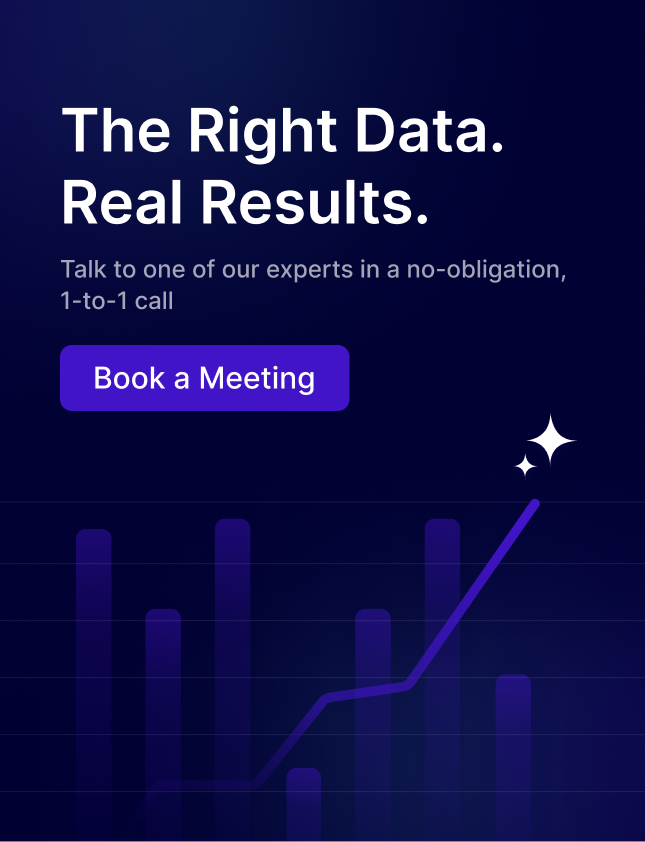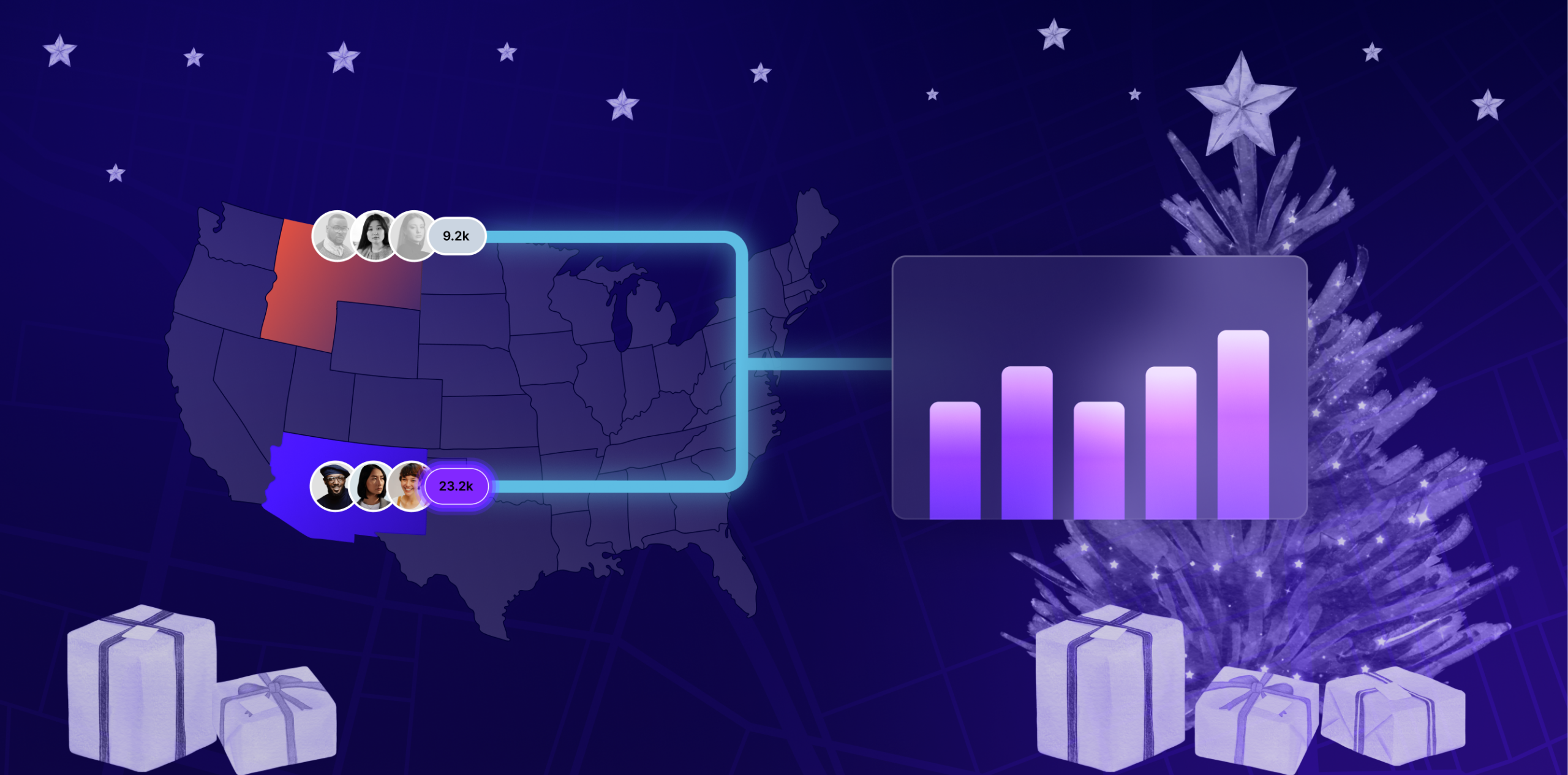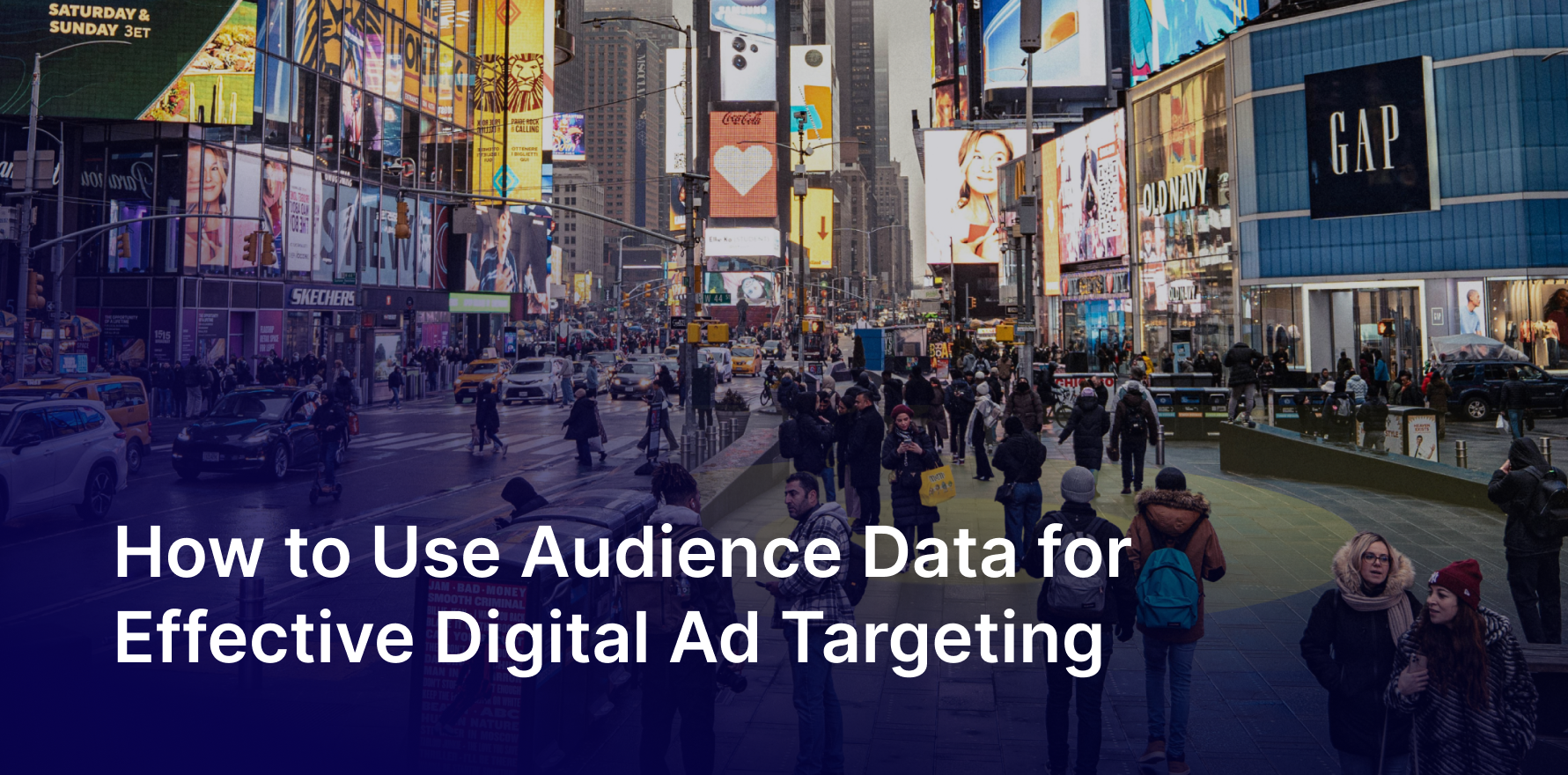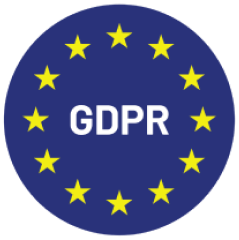If you’re a business owner who wants to start a business in Texas and need insights on the best places to set up shop, this guide is for you.
Points of interest (POI) in Texas are diverse and play a significant role in attracting both locals and tourists to various regions. From historical landmarks to natural wonders, Texas is home to many iconic locations that can serve as the perfect backdrop for your business.
By understanding these key POIs and where people visit, business owners can strategically open shops or services that cater to the needs of those already flocking to these popular destinations.
What Are the Points of Interest in Texas?
Points of interest in Texas are diverse and numerous, attracting millions of visitors each year. Whether you’re interested in history, nature, or culture, Texas has something for everyone. Some of the most notable locations include:
- The Alamo in San Antonio: A historic site that holds significant importance in Texas history.
- Big Bend National Park: A stunning national park known for its diverse landscapes, from deserts to mountains.
- The Space Center Houston: A hub for space exploration and history.
- Texas Hill Country: Famous for its wineries, charming small towns, and beautiful scenery.
- South Padre Island: A popular beach destination for tourists and locals alike.
These are just a few of the iconic points of interest that Texas has to offer, and each one presents a unique opportunity for business owners to tap into an eager and diverse audience. With so many attractions scattered across the state, there are endless possibilities for businesses looking to establish themselves in high-traffic areas.
What Types of Businesses Benefit from Texas Points of Interest Data?
Various types of businesses can benefit from understanding Texas’ points of interest:
- Retail Stores: Businesses that sell souvenirs, local crafts, and products related to the attractions.
- Restaurants and Cafes: Establishments offering local cuisine or quick bites for tourists on the go.
- Tourism Services: Tour guides, shuttle services, and transportation businesses that cater to travelers.
- Event Planning: Companies that can organize local events, festivals, and experiences tied to the POIs.
- Accommodations: Hotels, B&Bs, and short-term rentals that cater to visitors in high-traffic areas.
Understanding where these POIs are and who visits them can help business owners optimize their offerings and location choices to maximize foot traffic and sales.
Read About: Points of Interest (POI)
How Texas POI Data Helps Business Owners in Real-Time?
Consider a business owner, Sarah, who recently moved to Austin and wanted to open a restaurant. After researching points of interest (POI) data, she realized that Zilker Park, one of Austin’s most popular destinations, was a major draw for locals and tourists alike. The park is known for its vast green spaces, hiking trails, and seasonal events, attracting thousands of visitors each weekend.
By analyzing POI data, Sarah discovered that people often visited the park in the afternoon and spent several hours enjoying outdoor activities. This gave her an idea: she could open a family-friendly restaurant just across the street from the park. By choosing this location, she would have high visibility to park-goers looking for a place to relax, eat, or grab a quick bite.
Using POI data, she also found that there were few dining options nearby that catered to families or health-conscious individuals, which allowed her to position her restaurant as the go-to spot for fresh, organic meals. Additionally, Sarah used visitor trends from the POI data to time her restaurant’s opening hours to coincide with peak visitor times, ensuring she would be ready to serve the crowd.
Sarah’s decision was based on real-time insights from POI data, and it paid off. Her restaurant quickly became a favorite stop for park visitors, and by strategically placing her business in the right location, she was able to capitalize on foot traffic and local demand.
Types of POI Data Available for Texas
The POI data in Texas includes a variety of valuable information that helps businesses optimize their strategies and operations. Below are the key types of POI data available:
1. Location Data
Location data provides the exact geographic coordinates (latitude and longitude) of popular points of interest across Texas. This data is crucial for businesses aiming to position themselves near high-traffic areas.
For example, understanding the exact location of attractions like the Texas State Capitol in Austin or Big Bend National Park allows businesses to strategically place stores, restaurants, or services in areas with consistent foot traffic.
By using location data, business owners can identify key hotspots in Texas, whether it is near historic sites, popular parks, or tourist-heavy cities like San Antonio or Dallas.
2. Demographic Data
Demographic data helps businesses understand the profile of visitors to specific points of interest. This data includes information such as age, gender, income levels, interests, and even cultural backgrounds.
In Texas, where cities like Houston and Dallas have diverse populations, knowing the demographic details of visitors can assist businesses in tailoring their offerings to suit local preferences.
For example, businesses near South Padre Island, a popular beach destination, may find that younger adults or families with children are frequent visitors. This allows them to adjust their products and services, like offering beachwear, snacks, or family-friendly entertainment, to better meet the needs of these groups.
3. Visitor Trends
Visitor trends data provides insights into the frequency, timing, and volume of visitors to various points of interest. This data shows when certain locations in Texas experience peaks in foot traffic, such as during holidays, festivals, or school vacation periods.
For instance, attractions like the San Antonio River Walk experience higher traffic during the summer months, while The Alamo sees increased visits during spring break.
By analyzing visitor trends, businesses can adjust their operating hours, staffing levels, and marketing strategies to align with peak times, ensuring they are ready to serve more customers during high-traffic periods.
Additionally, understanding trends helps businesses predict slower periods, so they can plan promotions or special events to attract more visitors during off-peak times.
4. Competitor Analysis
Competitor analysis through POI data helps businesses understand the competitive landscape around Texas’ most visited locations. By knowing where competitors are located, businesses can spot gaps in the market or opportunities for differentiation.
For example, if a business owner is opening a new cafe near Zilker Park in Austin, POI data can show whether there are other nearby cafés or restaurants. If there is little competition for a specific type of cuisine or service in that area, the business can strategically position itself to meet an unmet demand.
Additionally, analyzing competitors’ visitor data helps businesses understand what their competitors are doing right, allowing them to implement best practices or improve upon existing offerings.
The POI data in Texas, including location, demographics, visitor trends, and competitor analysis, helps businesses make informed decisions, whether they are selecting a new location, crafting a marketing campaign, or tailoring their product offerings. By utilizing accurate and up-to-date POI data, Texas business owners can gain a competitive edge in the state’s dynamic market.
Download Free Texas POI Data Samples
For business owners looking to explore the potential of Texas’ POI data, free samples are available for download. These samples offer a glimpse into the wealth of data that can be used to make informed decisions on business expansion, marketing strategies, and customer targeting.
Download your free Texas POI data sample to get started today.
How Factori Helps You Access Accurate Texas POI Data
Factori specializes in delivering accurate and scalable POI datasets tailored for Texas. Key strengths include:
Fresh & Accurate Data: Our datasets are continuously updated, ensuring your business decisions are always backed by the latest information.
Flexible Access Options: Whether through API for real-time integration or bulk delivery for large-scale projects, we make data access seamless.
Comprehensive Coverage: With 500,000+ POIs across Texas, we provide unmatched breadth and depth of location intelligence.
Custom Segmentation & Targeting: Get data tailored to your industry with segmented POIs and predictive insights, enabling smarter targeting.
By combining robust infrastructure with local market insights, Factori ensures that you always have the right data at the right time, helping you power growth, optimize operations, and enhance customer experiences.
Contact Factori for Custom Texas POI Data Samples
If you need more specific POI data or have unique requirements for your business, contact us for custom Texas POI data samples. Our team can provide tailored insights to help you make the most of Texas’ diverse attractions.
Contact us today to request your personalized POI data sample!
Factori makes it easy to access the information you need to optimize your business strategy and stay competitive in Texas’ bustling market.
FAQ’s
1) What’s the difference between geographic and behavioral POI data?
Geographic POI data focuses on the physical location of points of interest, such as coordinates and addresses. Behavioral POI data, however, tracks visitor patterns, demographics, and peak times, offering insights into how people interact with those locations.
2) Is POI data useful for digital marketing campaigns?
Yes, POI data is essential for digital marketing as it enables location-based targeting. Businesses can run ads to people near specific attractions, optimizing their campaigns for maximum reach and relevance.
3) Can I download free Texas POI data samples from Factori?
Yes, Factori provides free Texas POI data samples, allowing businesses to explore key insights before committing to a full dataset.
4) How often is Factori’s POI data updated?
Factori’s POI data is regularly updated to ensure it reflects the latest information, providing businesses with accurate, reliable and deduplicated POI data
Read: Documentation of POI Data
5) Do I need technical skills to use Factori’s POI data?
No, Factori’s platform is user-friendly and doesn’t require technical skills. It offers easy-to-use tools to help you access and analyze POI data effectively.
6) How can I request a custom POI dataset for my business in Texas?
You can request a custom POI dataset by contacting Factori’s support team, who will work with you to tailor the data to your specific business needs.
You may also like










